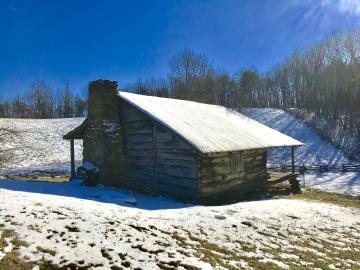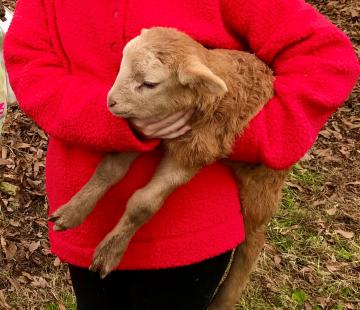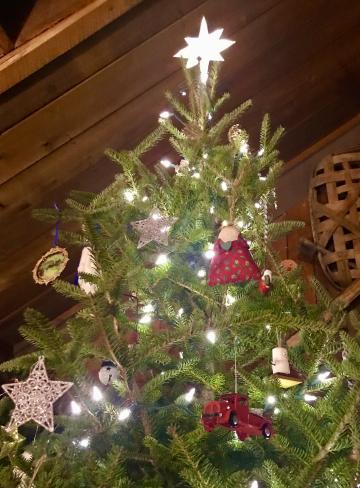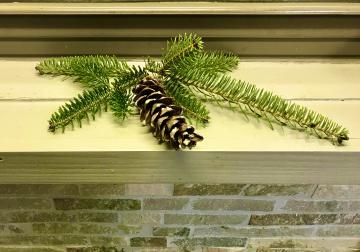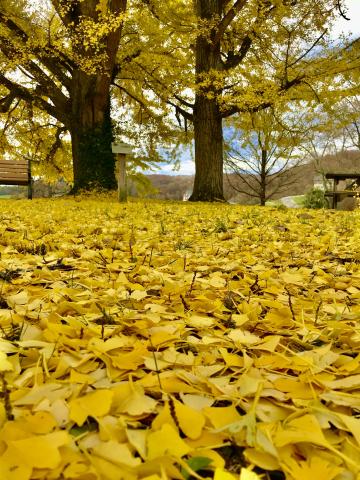Old Christmas
You can learn a lot from talking with elders. In a conversation about Christmas with my mother some years ago I learned that the Christmas of her childhood had an extra bit of celebration. Her father Sillus Day would always hold back some candy from Christmas in a big, locked chest and would give it out on January 6, a day he called “Old Christmas”.
- Read more about Old Christmas
- Log in to post comments
